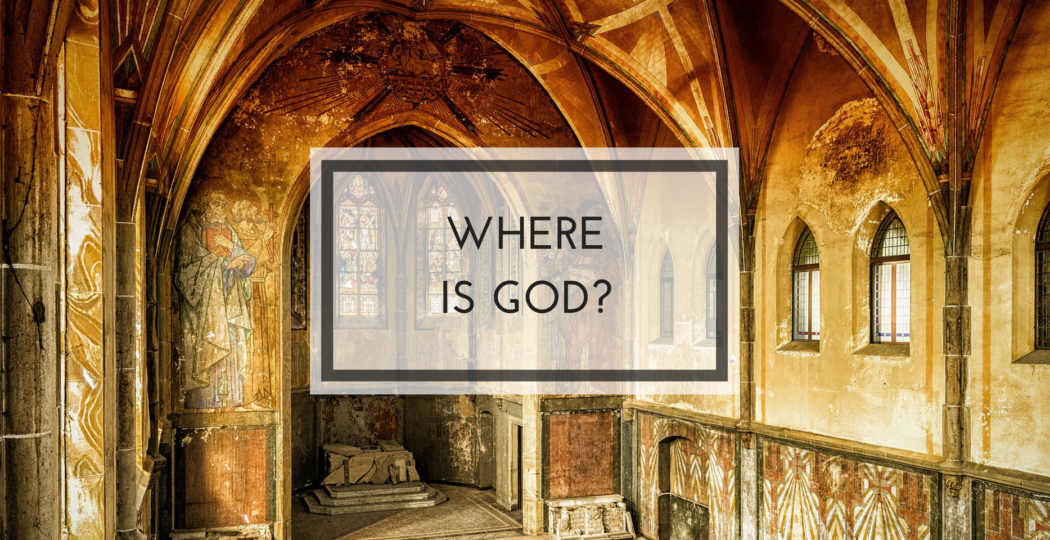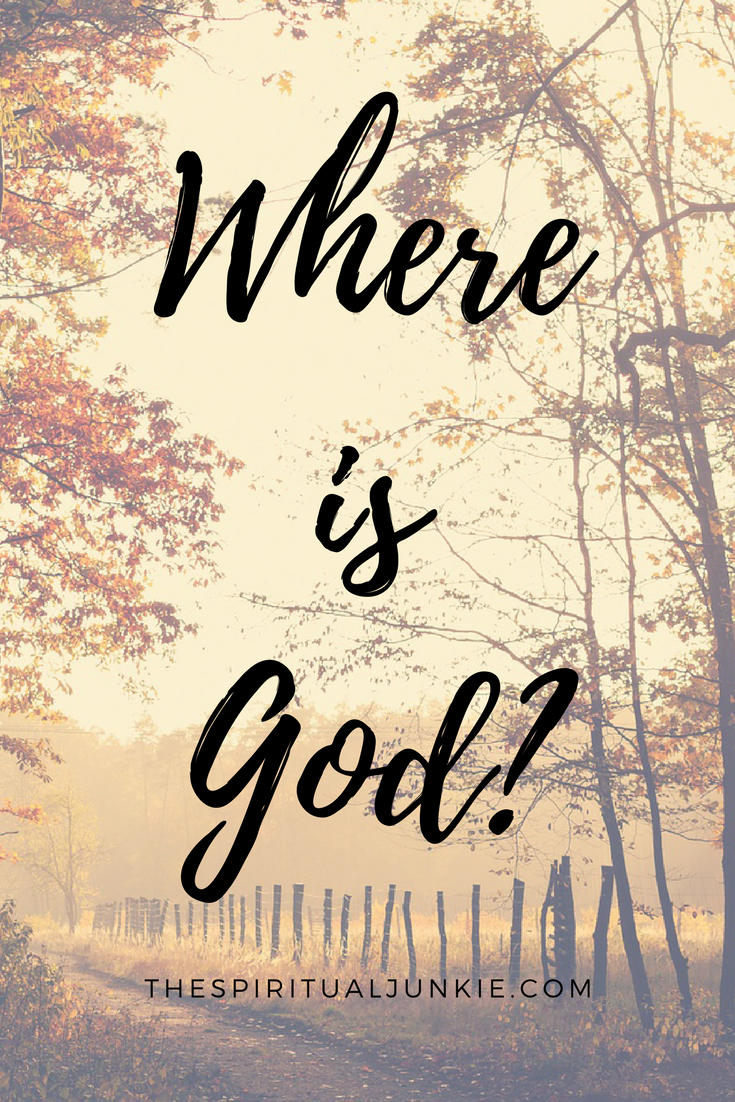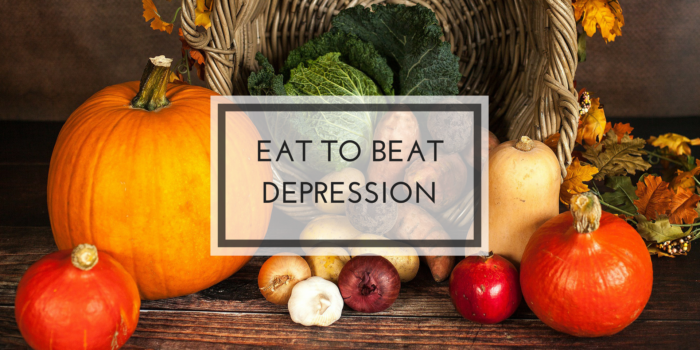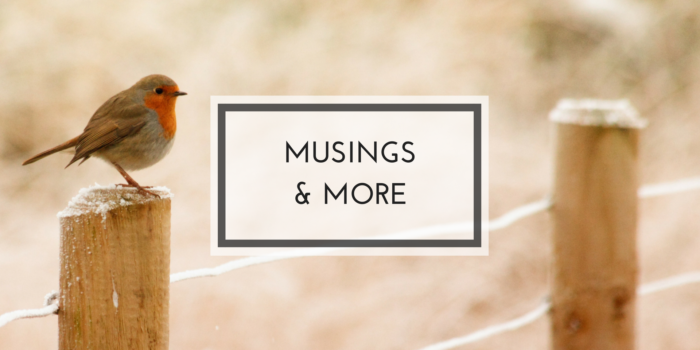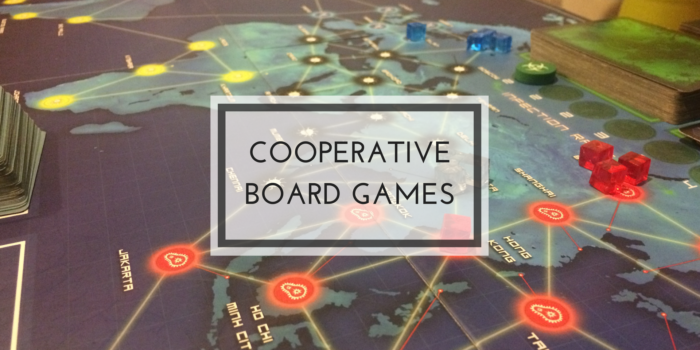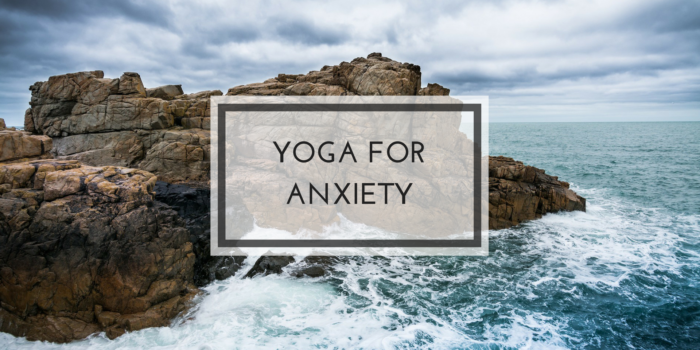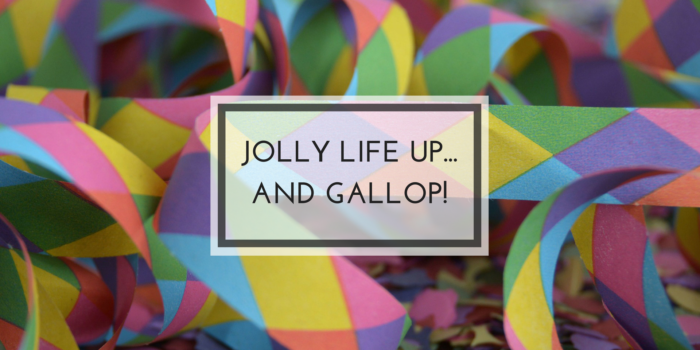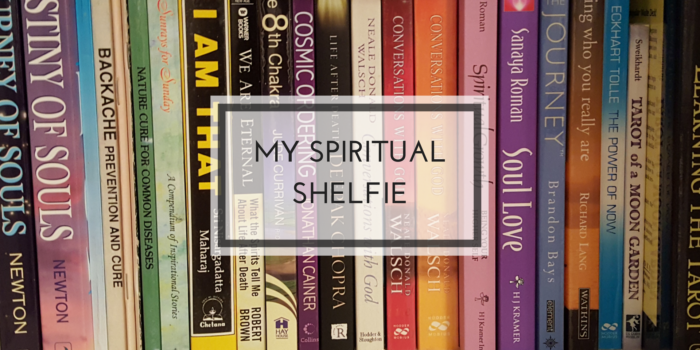Have you ever thought about where God actually is? Does He reside in Heaven? Or could it be that God is not an external being to be observed, but rather a universal truth that lies within each and every one of us? I consider this to be much like the indwelling of the Holy Spirit that is mentioned in the Holy Bible, or the Higher Self that is a more common term among Spiritualists.
When Jesus was asked when the Kingdom of God would come, he replied that the Kingdom of God is not something that people will be able to see and point to, but something that is within us (Luke 17:20-21).
In fact, within every religion we find reference to life’s ultimate truth and treasure lying within us. More than this, each religion recognizes that this inner, transcendental reality can be experienced. Indeed, it is this experience that, in India, is referred to as ‘Yoga’, whereas the Buddhists call it ‘Nirvana.’
This brings me to the inspiration of this post – a beautiful poem by Kabir which I first heard last weekend at the second day of a ‘Sacred Sound and Vocal Toning Teacher Training’ course which I am currently studying with the wonderful and inspiring Anne Malone:
Are you looking for me? I am in the next seat.
My shoulder is against yours.
You will not find me in stupas, not in Indian shrine rooms,
not in synagogues, nor in cathedrals:
not in masses, nor kirtans,
not in legs winding around your own neck,
nor in eating nothing but vegetables.
When you really look for me, you will see me instantly –
you will find me in the tiniest house of time.
Kabir says: Student, tell me, what is God?
He is the breath inside the breath.
Kabir’s reference to ‘the breath inside the breath’ hints at one way that we can experience this ‘Nirvana.’ In Sanskrit, the word for breath is prana, and prana means life. When we watch our breath during meditation, we will come to notice a natural pause at the end of the inhale and of the exhale. OSHO describes it well:
Sitting silently, just start watching your breath. The easiest way to watch is from the entrance of the nose. When the breath comes in, feel the touch of the breath at the entrance of the nose – watch it there. The touch will be easier to watch, breath will be too subtle; in the beginning just watch the touch. The breath goes in, and you feel it going in: watch it. And then follow it, go with it. You will find there comes a point where it stops. Just somewhere near your navel it stops – for a tiny, tiny moment, for a pal, it stops. Then it moves outwards again; then follow it – again feel the touch, the breath going out of the nose. Follow it, go with it outside – again you will come to a point, the breath stops for a very tiny moment. Then again the cycle starts.
We do not force or manipulate the breath in any way, but simply witness it. However, if we continue to watch the breath we will observe that the gaps increase. When I originally learnt this technique during my Dru Yoga Teacher Training, everyone’s experiences of these gaps differed greatly. For me, the gap at the end of the inhale feels pregnant with expectation but in the gap at the end of the exhale I feel a sense of peace. What do you feel? Please comment below and let me know.
It is these gaps that are ‘the breath inside the breath.’ They are the doorways to the ultimate treasure that lies within us – to God.

